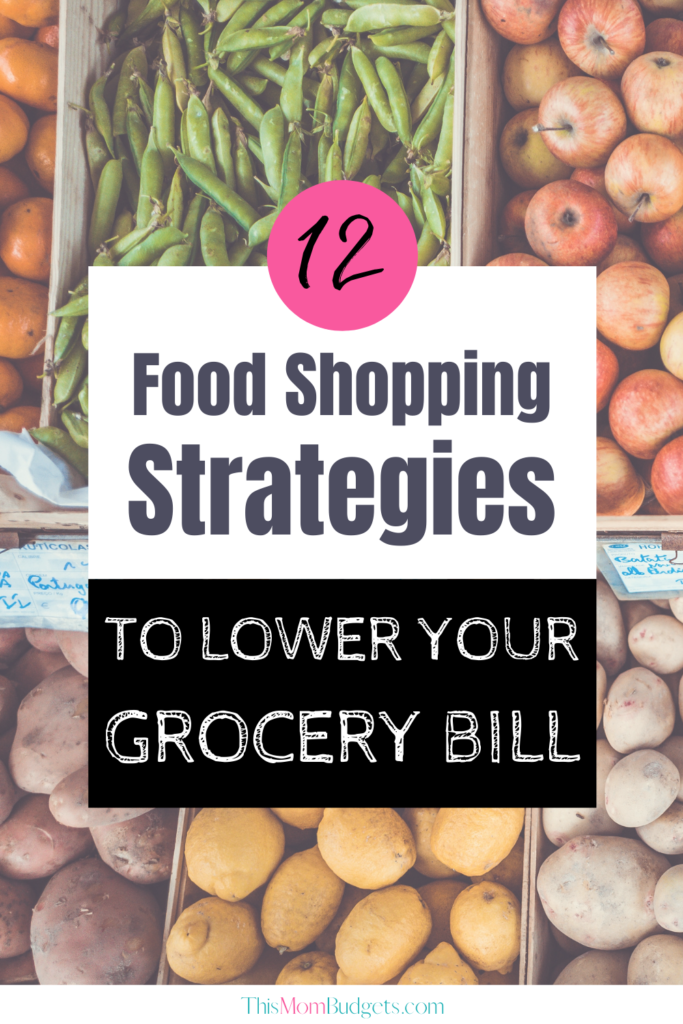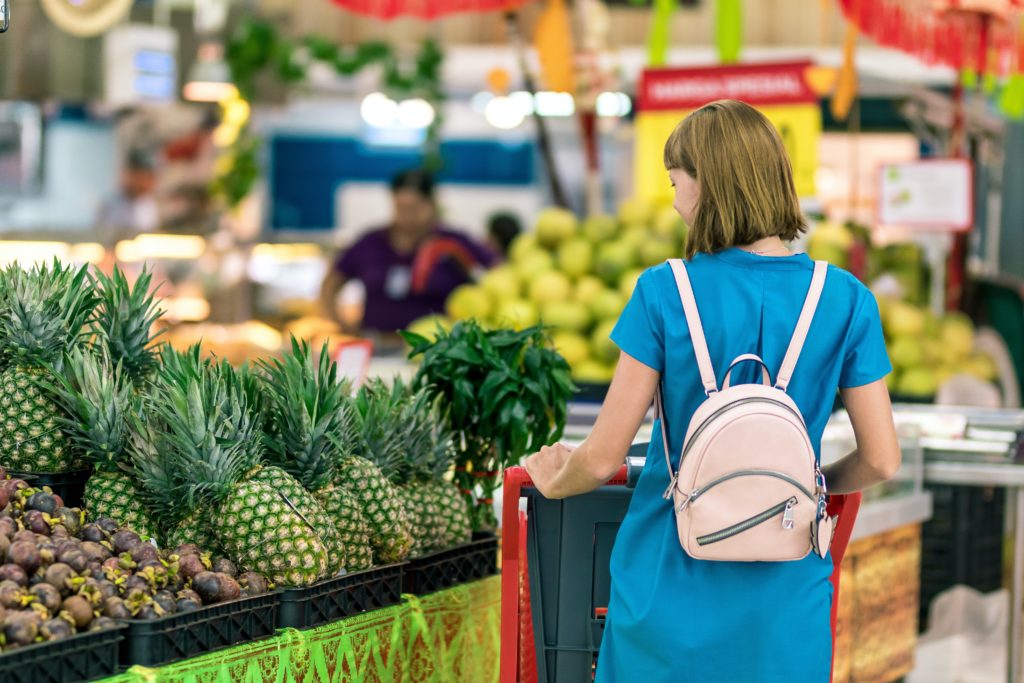
The grocery store is one of the most expensive places to shop. That’s why it pays to be smart about your shopping and buy food when it goes on sale, or stock up on essentials like toilet paper when they go on sale. We’ve compiled a list of 12 strategies to help you get more out of buying less at the grocery store.
- Make a meal plan for the week before going shopping so that you know what ingredients you need (the first step in this process is to make sure you have a well-stocked pantry).
- Use coupons and clip them from newspapers, magazines, flyers, etc.
- Plan your meals around sales cycles – some groceries are seasonal which means that there will be times where
Try these strategies
Buy produce that’s in season
It’s always cheaper to buy produce that’s in season. That’s because the farmers sell their harvest at a higher price and pass the savings onto us! In season produce is generally more nutritious and delicious because it grows in the most ideal conditions. Additionally, eating seasonal fruits and vegetables supports farmers who grow them year round.Don’t buy anything you won’t eat within the next week or two
Here’s a way to avoid wasting money: get rid of the food in your fridge that you don’t plan on eating soon. If you do this, and only buy groceries when they’re on sale or as needed, then you’ll save a lot of money.Shop with a list and stick to it
A good way to save money on groceries is by having a list and sticking to it. Avoid buying things you don’t need, because they end up spoiling in your house anyway.Use coupons wisely – don’t buy something just because it has a coupon, but if there are several items on your list that have coupons, go ahead and use them
You don’t want to buy things just because they have a coupon. For example, if you really like the taste of a condiment that’s on sale but it doesn’t go with any meals, then use your coupons for something else.Make sure you’re getting good quality for what you’re paying
As a consumer, you have to be aware of the quality of your purchases. Just because something is cheap doesn’t mean it’s good for you. Compromising your health to save a few dollars will cost you more in the long run.Buy frozen vegetables when they’re cheaper than fresh ones (and they’re healthier!)
Frozen vegetables are the cheapest, most nutritious option. They taste almost as good as fresh ones, but they last longer.Buy a whole chicken instead of prepackaged parts and save more money
Buying a whole chicken can save you money over buying parts like thighs, breasts or wings. You’ll spend less per pound and get more meat for your buck.Purchase foods in bulk when they’re on sale to get the most for your buck
You can save money when you purchase foods in bulk. You just have to wait for sales, and then buy a lot of it all at once. For things like nuts, grain, or other baking ingredients, check the bulk bins if your local store has them. Buying these by the pound, especially when they’re on sale, can save you a lot of money.Shop at two different stores each week – one that has better prices, another with a wider variety
Your best bet is to shop at two different grocery stores. One for price, and one for variety. For example, you could go to a local grocery store that sells low-priced breads and meats but then visit a large superstore like CostcoBring your own bags or containers to avoid paying for plastic bags at checkout time
Bring your own bags to avoid paying for plastic bag fees. It’s easy: just bring a reusable bag or container! Save money and turn the world into a cleaner place by bringing your own bags or containers to avoid paying for plastic ones.Visit the farmer’s market to buy fresh produce and meats directly from local growers
Farmers markets are a great way to buy local produce and meats. You can find many of the same things in supermarkets, but at farmer’s markets you know exactly where your food comes from and how it’s grown. You can ask questions, meet people, and enjoy fresh food!Take advantage of coupons by clipping them before you go shopping or downloading an app like Ibotta that lets you redeem cash back on groceries as well as other products
You can find a lot of ways to save money while shopping, and one is by clipping coupons. It’s easy when you have the right app. I recommend Ibotta because it has more than 5 million products from over 2,500 stores!

Next steps!
With these tips, you’ll be able to get more out of your grocery store trips. The next step is up to you—do what works for your family!
Try implementing a few of the strategies we discussed into your weekly routine and see how it goes. If they don’t work or if something doesn’t seem right, then try a different strategy until one does work for you.
So now that you know the benefits and how easy it is to reduce food waste with these simple steps, what are your next moves? Here’s a few ideas for you. If you just want to try one of these tips out, we recommend starting by shopping at stores like Costco or Aldi where produce items come in bulk packaging so there is less chance for spoilage.
You can also look into buying non-perishable staples such as dried beans instead of canned goods which have an increased risk of spoiling before they’re used up. Once those quick changes feel comfortable, take on some more ambitious projects like experimenting with new ways to buy groceries online (Amazon Fresh offers great deals right now!) or making meal plans ahead.
Have fun with this process by experimenting with new ways to buy groceries that will help reduce food waste in our world while still keeping healthy options on hand at home.
